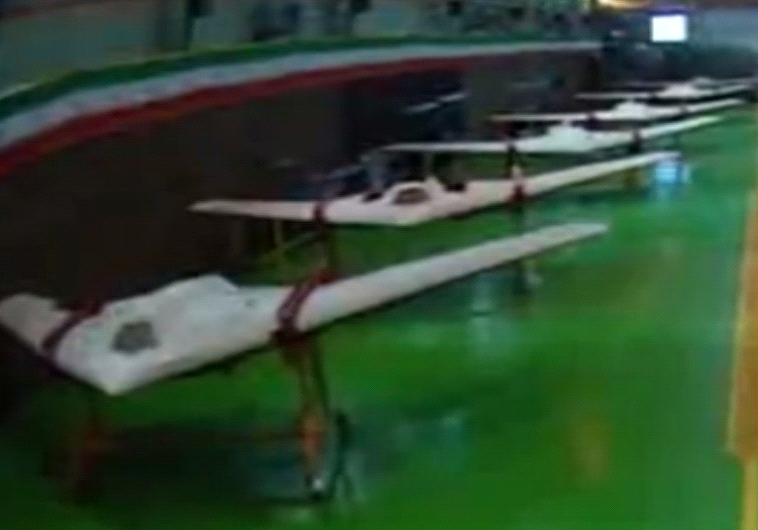How did one of the world’s poorest countries build state-of-art drones?
Despite their Isolation, the Houthis are able to produce drones and other equipment they seemingly should not be able to.
 iran's Revolutionary Guard equipped with new drones(photo credit: IRANIAN MEDIA)
iran's Revolutionary Guard equipped with new drones(photo credit: IRANIAN MEDIA)